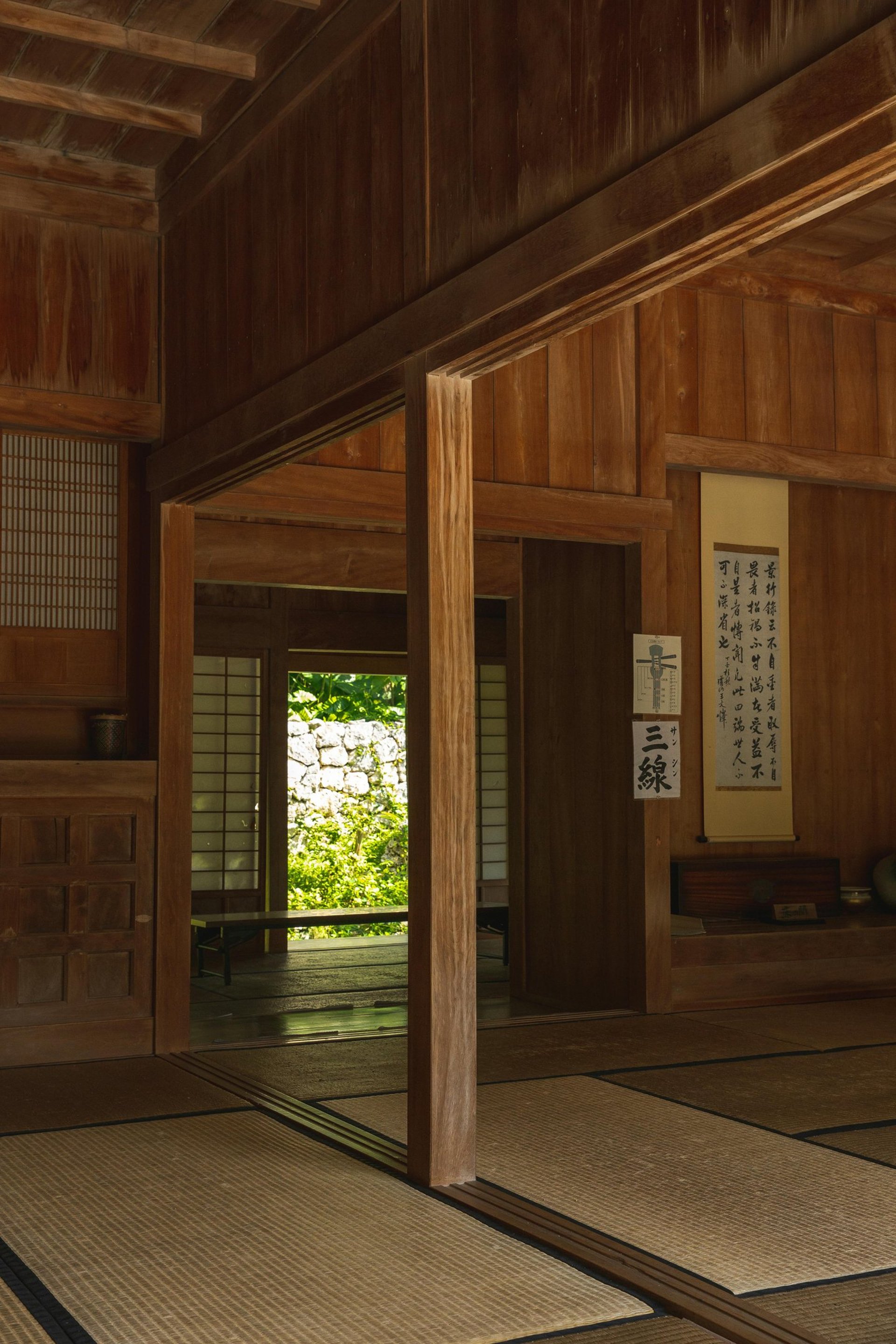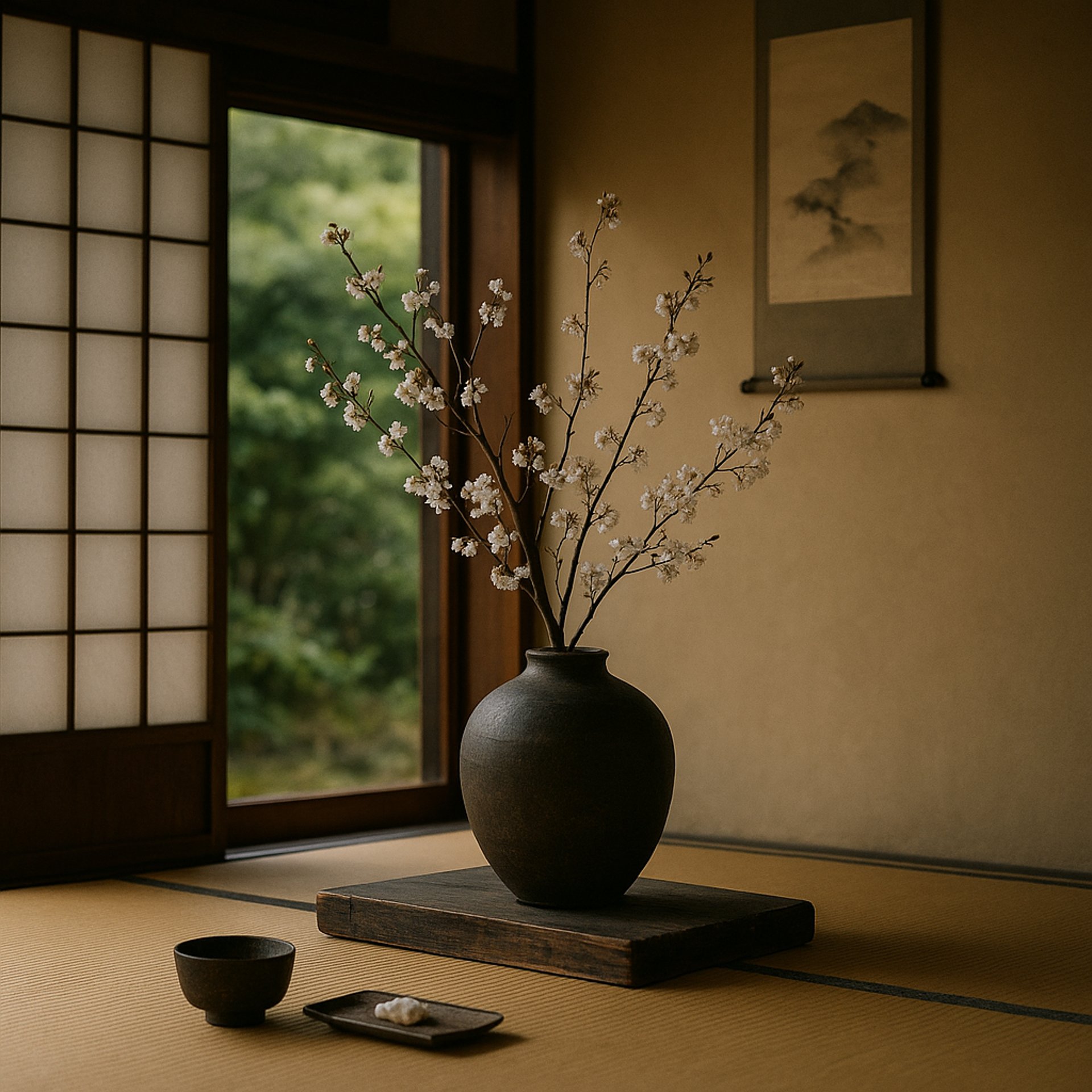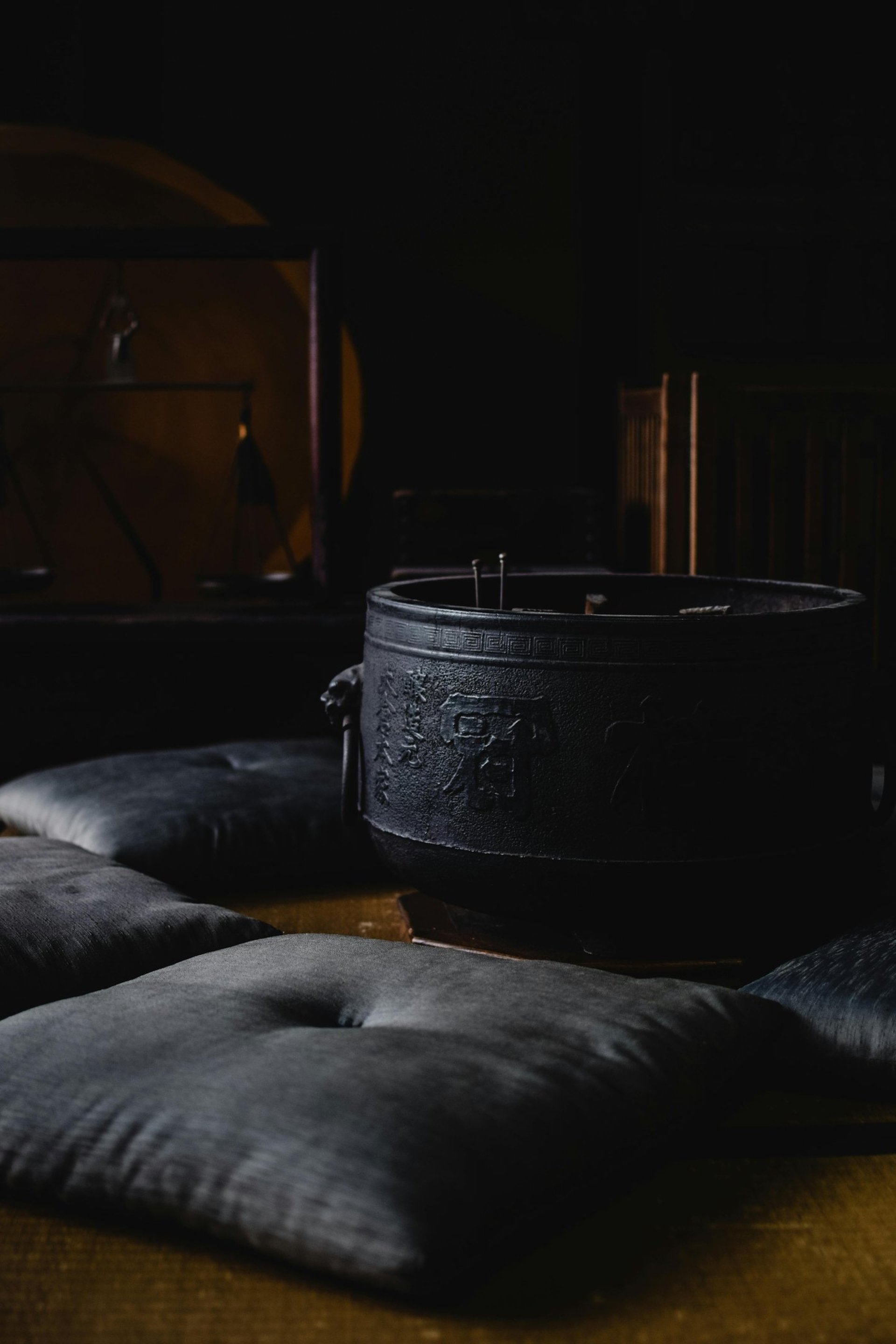
The Japanese Art of Living
Explore the essence of Japanese living — a quiet philosophy rooted in simplicity, mindfulness, and the beauty of imperfection. From ikigai to wabi-sabi, discover timeless values and daily rituals that bring calm and meaning.

The Japanese art of living is rooted in the beauty of the present moment and an acceptance of impermanence. In a country frequently shaped by natural disasters — earthquakes, typhoons, floods — people have learned to live with humility and to appreciate the fragile nature of life. This outlook is also shaped by centuries of isolation, which allowed Japanese culture to evolve at its own rhythm, deeply and authentically.
1. Finding Your Ikigai
Ikigai is the Japanese word for “a reason to live” — the inner motivation that gives meaning to your days. It lies at the intersection of what you love, what you're good at, what the world needs, and what you can live from.
Finding your ikigai doesn’t require grand ambition — it often emerges from small joys: caring for others, creating something with your hands, or taking part in daily routines that bring a sense of fulfillment.
2. Nurturing Kokoro
Kokoro (心), often translated as "heart" or "spirit," reflects the emotional and spiritual center of a person. To take care of your kokoro means slowing down and creating space for balance, presence, and self-awareness.
Simple rituals help nourish this inner life — walking in nature (shinrin-yoku), preparing tea with attention, writing down small moments of beauty, or cleaning your home as a mindful gesture of respect. These acts cultivate calm and emotional clarity in the rhythm of everyday life.
3. Living with Wabi-Sabi
Wabi-sabi is the art of seeing beauty in imperfection, irregularity, and impermanence. A scratched teacup, an aging wooden beam, or a hand-mended fabric can hold more meaning than something flawless and new.
This aesthetic encourages us to let go of perfection and welcome time, wear, and uniqueness. Practices like kintsugi (repairing broken ceramics with gold) or musubitsugi (mending baskets with antique fabric) are expressions of this spirit — honoring flaws as part of an object’s story.
4. Feeling Mono no Aware
Mono no aware (物の哀れ) is the gentle awareness of life's transience — the subtle sadness we feel when cherry blossoms fall, or a season ends. It is not sorrow, but rather a tender sensitivity to the fleeting nature of all things.
By noticing the ephemeral — a passing light, a fading scent, a quiet moment — we deepen our connection to what is real and meaningful.
5. Embodying Yūgen
Yūgen (幽玄) speaks to a beauty that goes beyond the visible — a quiet grace, a depth sensed more than seen. It’s found in mist drifting through trees, or the silence between notes in music.
Creating moments of stillness, solitude, and subtlety in your life opens space for yūgen to emerge. It invites reflection, awe, and a sense of mystery.
6. Appreciating Shibui
Shibui (渋い) is a form of understated elegance — the kind of beauty that doesn’t shout, but whispers. It lives in simplicity, muted tones, and things that grow richer with age.
A handmade ceramic bowl, a worn linen cloth, or a minimalist room — these carry shibui when their form is modest but refined. By surrounding ourselves with fewer, meaningful things, we tune in to what truly matters.
7. Honoring Harmony – Wa (和)
Wa (和) means harmony, peace, and balance — a core value in Japanese society and daily life. It’s about living in tune with others, with nature, and with the flow of things, avoiding unnecessary conflict or excess.
Wa encourages us to:
-Speak and act with consideration
-Adapt gently rather than resist
-Create spaces and routines that foster calm and balance
In design, it appears as clean lines and natural materials. In behavior, it means choosing humility and cooperation over self-assertion. Whether in relationships or home life, wa brings quiet strength and grace.
In Summary
The Japanese art of living invites us to embrace a more mindful and meaningful way of being through seven timeless principles:
Purpose (ikigai) — finding motivation and meaning in everyday life
Emotional balance (kokoro) — nurturing the heart and spirit through simple rituals
Beauty in imperfection (wabi-sabi) — appreciating age, wear, and uniqueness
Awareness of transience (mono no aware) — gently honoring the passing nature of all things
Subtlety (yūgen) — sensing the invisible depth and quiet grace of the world
Simplicity (shibui) — valuing understated elegance and refined restraint
Harmony (wa) — living in balance with others, nature, and oneself
More than a philosophy, this is a way of living fully — with attention, care, and quiet joy.



